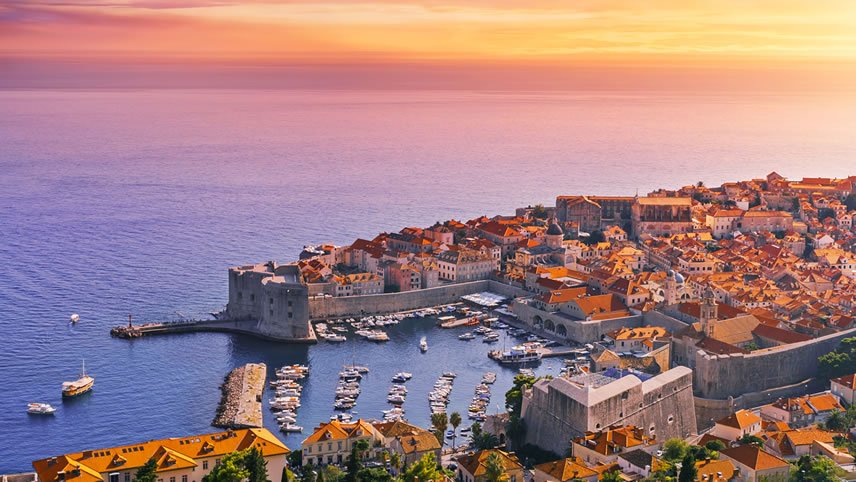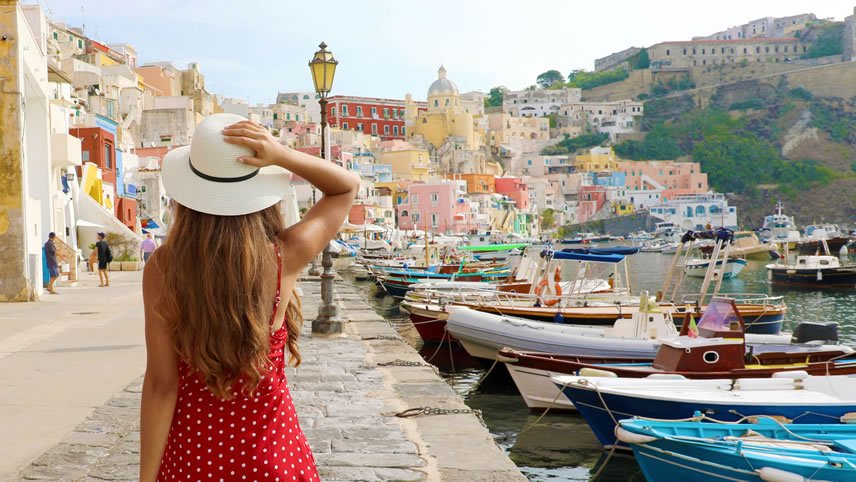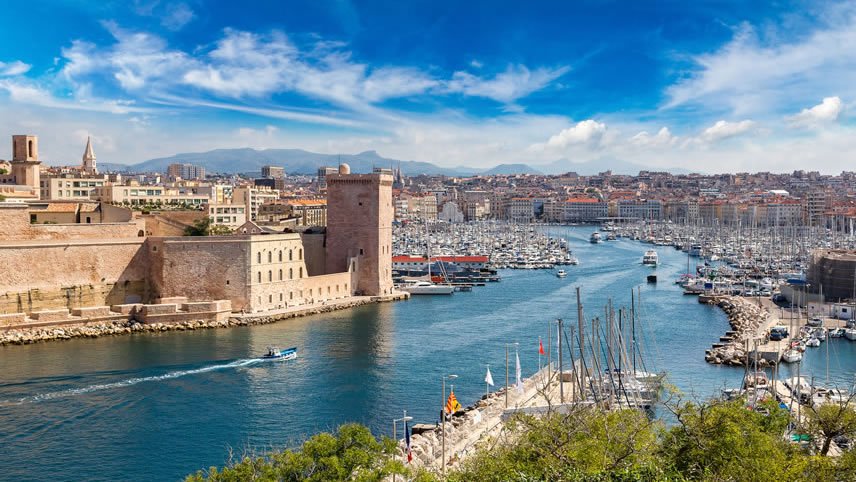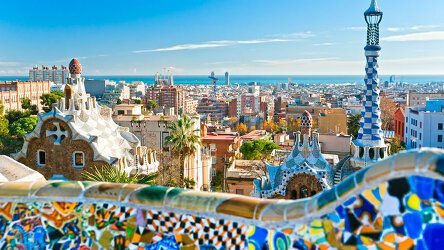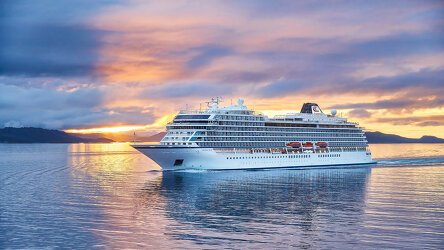Overview
Itinerary
Embark your ship and settle into your stateroom. Chioggia is a charming fishing community located at the southern end of the Venetian Lagoon and steeped in age-old seafaring traditions. Its combination of canals, bridges and fishing boats have lent it the nickname 'Little Venice.' Lined with shops, bars and restaurants, the main pedestrian street of Corso del Popolo exudes a lively atmosphere amid the aroma of delicious fresh seafood dishes. Chioggia shares a long history of cultural and economic ties with Venice, dating back to the Middle Ages, and is a scenic journey by water taxi from the capital of the Veneto region.
The Venetian Republic ruled Adriatic waves for a millennium. During the 8th century as the Roman Empire began to decline, many Europeans fled to Venice and its neighboring towns, including Chioggia. Merchants put their skills to use, and the city-state was soon thriving. The Venetian Lagoon's canal banks feature buildings influenced by Byzantine and Islamic architecture, reflecting Venice's powerful trading network. The first vaporetto traversed the Grand Canal in 1881; alongside the gondolas, these iconic Venetian water buses are at the heart of Venice's transport network.
Built around the Roman Palace of Emperor Diocletian, Split is one of Croatia's oldest cities. Its promenade commands majestic views over a bay and the Adriatic Sea. Despite evidence of Split's origins in the 6th century BC, the city is traditionally considered over 1,700 years old—counting from the construction of the palace. Its well-preserved remains have been seamlessly assimilated into the modern city. An Ethnographic Museum is found at the palace's heart and shops line the passageways of its ancient basement. Diocletian's ancient mausoleum is now a stunning cathedral.
Dubrovnik is a historic jewel, with its spectacular Adriatic setting, 12th-century medieval streets and incredibly preserved structures. So stunning is its Old Town, the playwright George Bernard Shaw famously called it “paradise on Earth.” It is all spectacularly surrounded by a towering medieval wall. Inside, the ancient city's Stradun is lined with authentic stone houses. The peaceful 14th-century Franciscan Monastery and Apothecary, housing the world's oldest working pharmacy and fine collection of Renaissance paintings, provide insight into the ages.
Corfu has a rich history shaped by conquerors and by royalty seeking tranquility. Corfu's Old Town and Fortress—fashioned by the once powerful Venetian Republic—comprise a UNESCO World Heritage Site. Its narrow warrens lead to one of Europe's largest public squares and a lovely promenade once exclusively reserved for the local aristocracy. Everywhere, magnificent coastal views unfold and scenic byways lead to history-rich enclaves, from the archaeological site of Paleopolis and the stunning Vlacherna Monastery to a former Greek royal villa.
Sail the gateway to the Adriatic, marked by the sole of Italy's boot and the western coasts of Albania and Greece. As you sail, explore our well-curated Library, tucked in a private alcove of the Living Room, and select from a broad range of titles. Read a book by the Main Pool, a calming oasis in any weather with its retractable roof, allowing for year-round swimming.
Naples boasts a long history in a stunning seaside setting and is known mostly for its pizza. The city has long been a major center of Italian culture and was the seat of a powerful independent kingdom for 500 years. So great was its sway that it lured the region's finest architects and artists. In the grand Piazza del Plebiscito, the grand and sweeping public square, the San Francesco di Paola Church flaunts a colonnaded facade reminiscent of the Pantheon in Rome, and the Royal Palace overlooks Neapolitans with statues of all the kings of Naples peering out from alcoves.
For centuries, Rome ruled much of Europe, building a vast empire from the power of emperors. More than 2,500 years of history live in the city's streets. Ancient structures recall those heady days when the cheers of 80,000 spectators roared from the Colosseum, citizens mingled in the Forum and senators asked the gods for guidance at the Pantheon. Along with the Vatican and St. Peter's Basilica, this rich pocket of Italy is one of the world's greatest repositories of history and civilization.
Tuscany is known equally as the cradle of the Renaissance and a center of culinary delights and astounding wines. Throughout this emerald-green countryside dotted with cypress trees, endless delights unfold. Among them is Florence, a living museum of the Renaissance. Brunelleschi's famous Duomo dominates the medieval cityscape—an architectural achievement. Another Tuscan treasure, the Square of Miracles, unfolds in Pisa. Here, a trinity of masterpieces—the Leaning Tower, Pisa Cathedral and Baptistery—comprise some of Europe's finest art and architecture.
The chic city of Monte Carlo in the petite kingdom of Monaco boasts some of the world's most exclusive shopping and a beautiful old port. A fairy-tale aura has settled on this glittering city of the Grimaldi family, perhaps nowhere more elegantly than at the Prince's Palace, where the late American actress-turned-princess Grace Kelly presided with Prince Rainier III. Monte Carlo's medieval quarter perches on “The Rock,” an escarpment at the foot of the Maritime Alps, and offers spectacular views of the Mediterranean and the harbor lined with mega-yachts.
Marseille is rich in historic treasures, nestled between the Mediterranean and rocky hills of limestone. Two 17th-century fortresses dominate the charming Vieux Port, or Old Port, the natural harbor that hosts all manner of watercraft, from sleek elegant yachts to old style fishing vessels. Its picturesque quay is one of the world's most romantic walks, lined with dozens of cafés and shops. Also worth exploring is the city center, graced by La Canebière boulevard. Linger in a café and sample the city's signature bouillabaisse made from freshly caught fish.
The vibrant city of Barcelona, with its lively culture and inviting outdoor spaces, preserves a rich history. Picturesque medieval lanes wind through the oldest part of the city, the Gothic Quarter, where remnants of the city's Roman wall were uncovered. Its treasures include the neo-Gothic Barcelona Cathedral, the medieval Jewish district of El Call and the Romanesque Church of Santa Maria del Pi.
In the evenings, diners relax in the Royal Plaza at restaurants along the elegant square's perimeter.
Barcelona is steeped in history, with stunning architecture and a rich culture. Mediterranean breezes grace the shore and Catalonia's capital is a feast for the senses. Long strolls on wide boulevards—such as Las Ramblas, the mile-long leafy pedestrian way, and the Passeig de Gràcia, lined with some of Europe's most elegant buildings—set the tone for a city that moves to its own tempo. Native son and famed architect Antoni Gaudí adorned his city with whimsy, whether along fantastical city blocks or with his colossal masterpiece, the towering La Sagrada Família cathedral. After breakfast, disembark your ship and journey home.
Life Onboard Viking Jupiter
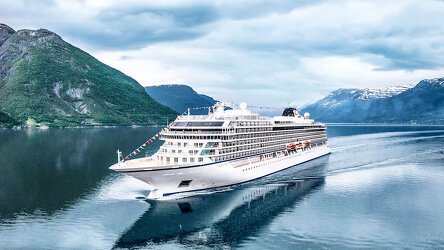
Launched in 2019, the Viking Jupiter is Vikings' newest all-veranda ship, part of a fleet of award winning, state of the art ships incorporating all the comforts & luxuries you would expect from Viking. Read more
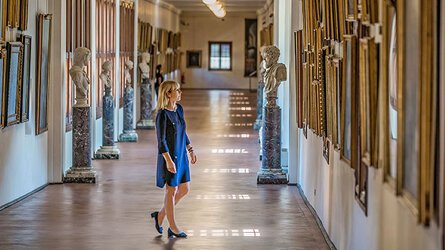
Viking are destination experts. With no casinos or children on board, you can be assured that the focus is firmly on enrichment and education. Read more
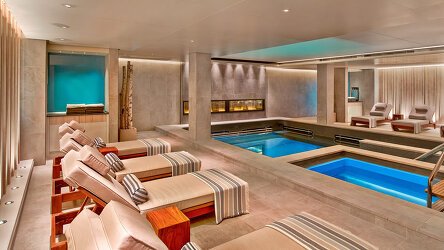
After a day of exploration or just to enhance the relaxation of a day at sea, the on-board Spa will leave you feeling recharged and revitalized. Read more

Viking offer eight on board dining options. Beer, wine and soft drinks are available with lunch and dinner at no additional charge of fee. Read more

Viking proudly includes all that you need and nothing you do not. A variety of features and services valued at $200 per person per day are standard inclusions in your cruise. Read more

Viking include one complimentary shore excursion in every port of call. Enjoy exclusive entry to cultural treasures and seldom-seen collections around the world. Read more

Brochure
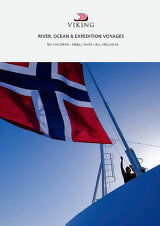
Viking River, Ocean & Expedition Voyages (2025-27)
Availability
 USD
Port charges, taxes and fees included.
USD
Port charges, taxes and fees included.
Viking Cruise $25 Deposits!
Tour & cruises prices are per person. Prices shown have savings applied, are subject to availability and may be withdrawn at any time without notice. Pricing and trip details are correct at this point in time, however are subject to confirmation at the time of booking and are subject to change by Viking. For cruise itineraries, cabin images are sourced from Viking. These should be treated as indicative only. Cabin inclusions, upholsteries and room layout may differ to the image(s) shown depending on the ship selected and your sailing dates.
